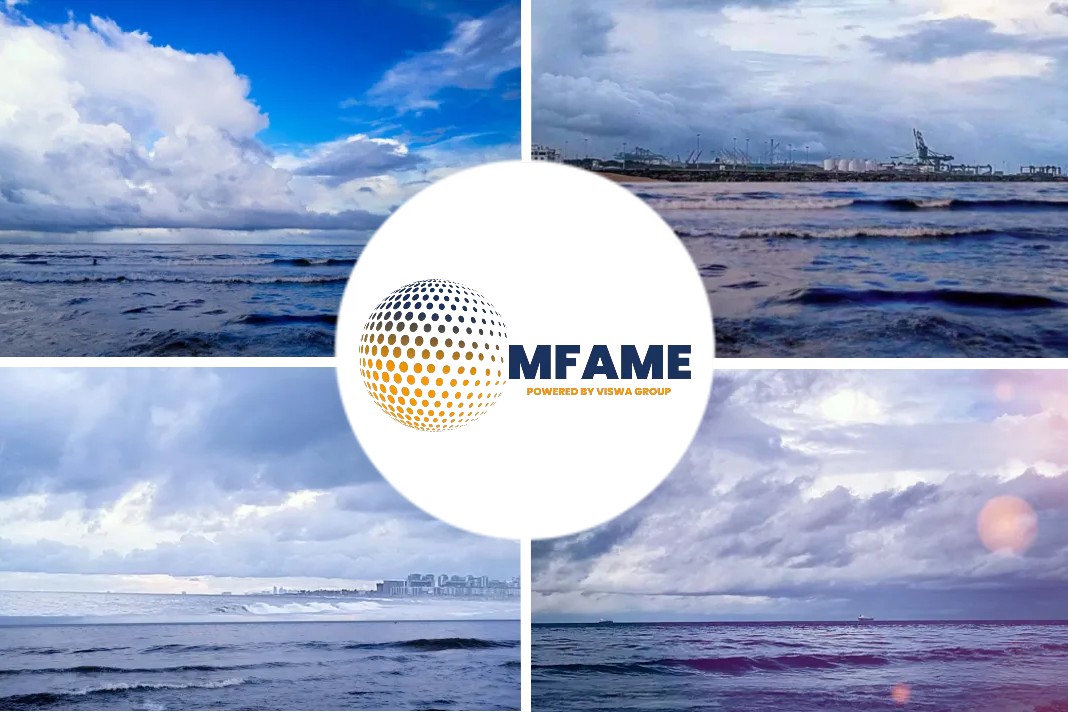- United States is increasingly dependent on LNG as a major viable fuel source
- Shell Global, Q-LNG, VT Halter Marine and Wärtsilä began working on an Articulated Tug Barge
- Favourable cost differential and superior environmental factors will lead to increased demand for LNG in North America
The marine industry in the United States is increasingly dependent on LNG as a major viable fuel source by hosting a slew of initiatives and events to encourage its use.
Moving towards LNG
In November last year, energy supermajor Shell Global, Q-LNG, VT Halter Marine and Wärtsilä began working on an Articulated Tug Barge (ATB). Moreover, Shell is all set to supply LNG fuel for cruise ships along the entire eastern coast of the United States and has reaffirmed that LNG is quickly gaining a foothold as the future choice of fuel for the country’s marine industry.
Mr.Bill Amundsen, Sales Manager for Marine Solutions at Wärtsilä conveyed that though LNG has gained prominence in the Far East and Europe for quite some time whereas its presence was lagging behind in the United States due to lack of transportation links. However, the situation is about to change as Q-LNG ATB has been identified as the missing transportation link by providing a path from the liquefaction plant to the ship receiving the LNG, and thereby increases the viability of LNG as a fuel source
Shell enters the fray with Wärtsilä’s help
Shell is all set to transport 4000 cubic meter ATB on long-term charter from Q-LNG. The LNG bunker barge is fitted with LNG products and solutions from Wärtsilä is one in a host of recent initiatives seeking to solve the logistics and infrastructure challenges that have hindered the adoption of LNG as a marine fuel in the country.
Commitments to using LNG as a marine fuel source have been on a steady rise in the United States for the past few years. In 2016, for example, Harvey Gulf International Marine, inaugurated its first LNG fuelling terminal in Port Fourchon, Louisiana that will service the Gulf of Mexico region. In another case, Eagle LNG, a bulk LNG provider, seeks to construct an LNG liquefaction facility in Jacksonville, Florida, from where ExxonMobil intends to supply fuel to vessels.
Chad Verret, President of Q-LNG, and Chairman of the Board for industry body, SGMF conveyed that there is enough movement in the global market to use LNG as a marine fuel on a regular basis and is ready to attract capital investment as the market seems to be moving in the right direction.
Factors steering the LNG market
Factoring in regulations and cost benefits – a key aspect is the looming International Maritime Organization (IMO) emission deadline in 2020. The IMO has set a stringent 0.5% sulphur cap on emissions from marine fuel as compared to the current 3.5%. While vessels can continue running on traditional fuel oils by employing scrubbers or exhaust gas cleaning systems, ship owners are switching to LNG instead.
Mr.Amundsen highlighted that Ultra-low sulphur diesel (ULSD) is going to be very expensive as the demand is expected to increase from 2020 but the supply will be restricted as there is limited production. While the price of ULSD is expected to go up, at the same time, natural gas in North America is going to remain relatively flat due to adequate supply.
Is the situation favourable for LNG?
Mr.Amundsen added that the favourable cost differential plus the superior environmental factors will lead to increased demand for LNG in the North American market space. It is practically sulphur-free, clean, well-proven technology, easy to burn, and can lower engine maintenance costs. All of these factors make LNG much more viable as a marine fuel.
In addition, with the help of right technology, LNG emits about 90% fewer nitrogen oxide emissions than conventional HFOs, according to industry coalition SEA/LNG. Its sulphur oxide and particulate matter emissions are next to zero, further making its case.
Reduced tolerance towards pollutants
In the United States, there has also been movement on the ground for the use of LNG. The California Air Resources Board (CARB) has imposed a 0.1% sulphur cap on vessels operating within 24 nautical miles of Californian coast. In another instance, two of the busiest ports in the country, Long Beach and Los Angeles announced a USD 14 billion anti-smog plan primarily aimed at cutting greenhouse gas emissions by 80% by 2050.
Mr.Verret highlighted the growing demand for LNG-powered vessels in the United States with Hawaii leading the way by including an LNG-powered container ship to its fleet. Moreover, as the demand increases the companies will start to put the necessary infrastructure in place.
Conclusion
The United States energy department has predicted that the country’s LNG production is set to increase in a quadruple fold by 2019 by pushing it as the third largest supplier of LNG in the world with more action on the cards.
It’s Free! Click here to Subscribe!
Source: WÄRTSILÄ






















